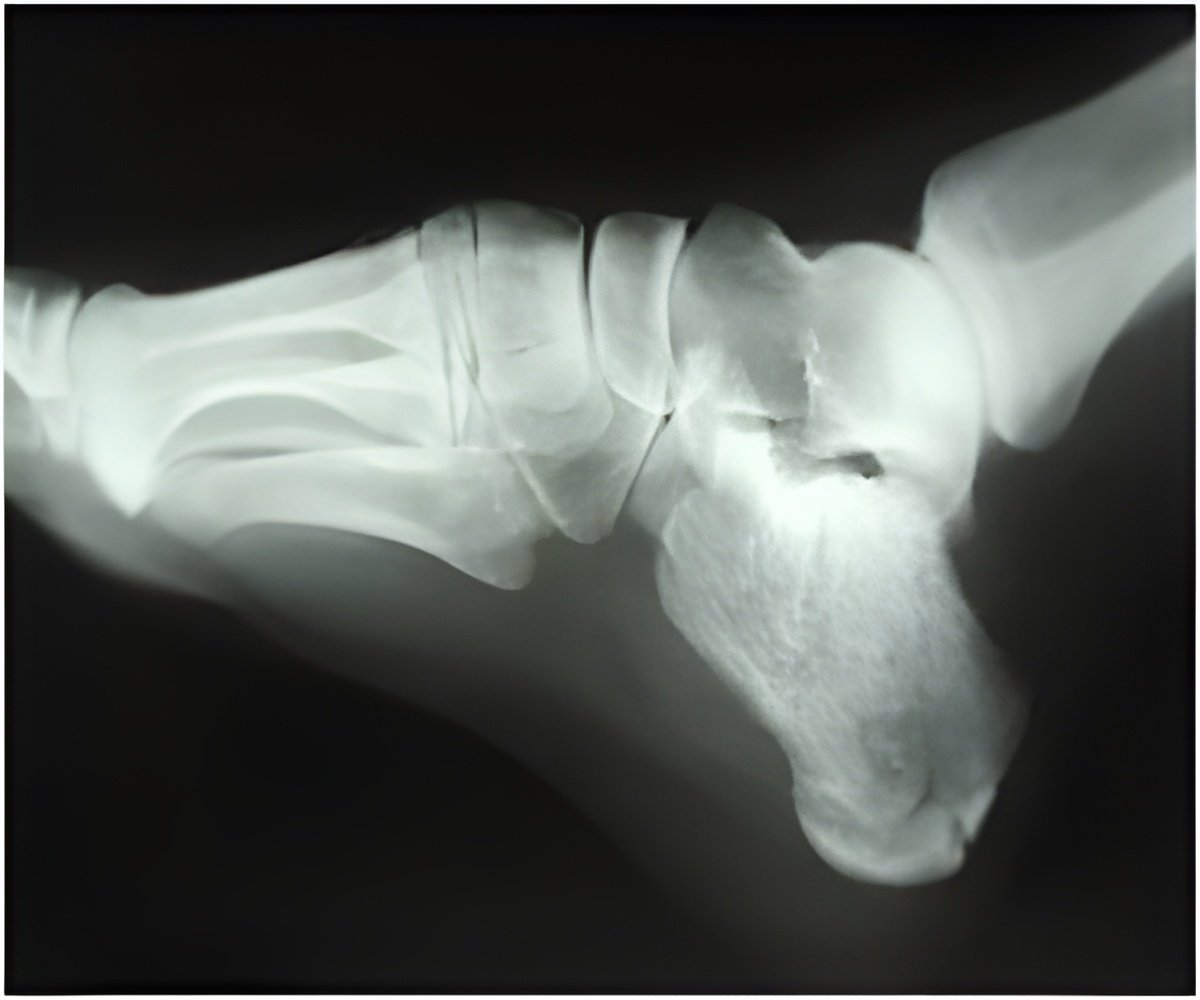
As part of its normal processes, the body breaks down old bone tissue and replaces it with new bone. When someone has Paget's disease of the bone, the new tissue being formed can grow too large and weak.
About one million people nationwide have Paget's disease of the bone, according to the National Institutes of Health's National Institute of Arthritis and Musculoskeletal and Skin Diseases. Among people who are older than 55 years, an estimated 2 to 3 percent have Paget's disease. The condition is rare in people who are younger than age 40.
"We've long known that bisphosphonates - a class of drugs often used to treat osteoporosis and other bone conditions - work well for treating Paget's disease," said Frederick R. Singer, MD, of the John Wayne Cancer Institute in Santa Monica, CA, and chair of the task force that authored the guideline. "One particular option - a one-time IV infusion of zoldedronate - has emerged as the preferred option. The medication can put Paget's disease into remission for up to six years, and many patients prefer the one-time infusion to oral medications that can cause gastrointestinal side effects and must be taken over the course of several months."
In the CPG, the Endocrine Society recommends that people with active Paget's disease at risk of future complications be prescribed bisphosphonates. The Society suggests physicians consider the zoldedronate infusion as the first-line treatment unless there is a reason to avoid the treatment, such as reduced kidney function in the patient.
Recommendations from the CPG include:
Advertisement
- As part of the diagnostic process, plain radiographs should be taken of suspicious areas of the skeleton.
- Following a diagnosis, measurements of the patient's serum total alkaline phosphatase (ALP) levels, or a more specific bone marker when appropriate, should be performed to determine the extent of the damage. Advertisement
- People who have both Paget's disease and abnormal liver function - either in the organ itself or the biliary tract - should undergo a measurement of a specific bone marker to assess response to treatment or, in an untreated patient, determine the disease's course.
- Since many patients do not report feeling pain when the disease activity recurs, patients should undergo testing for bone markers to determine if they are relapsing.
Source-Eurekalert










